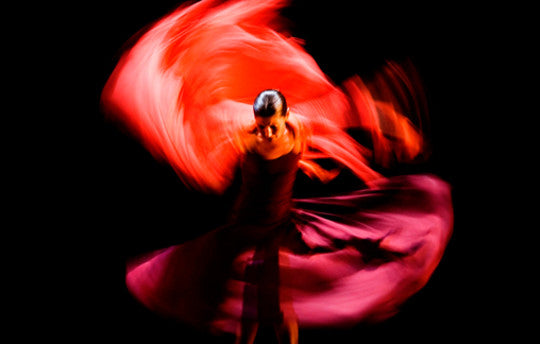Your Cart is Empty

UNESCO – the United Nations Educational, Scientific and Cultural Organizatiion – has added the Spanish flamenco tradition to its list of 'Intangible' elements of Cultural Heritage. The aim of the list is to recognise elements of living heritage in order to protect and encourage cultural diversity.
'Flamenco is an artistic expression fusing song (cante), dance (baile) and musicianship (toque). Andalusia in southern Spain is the heartland of Flamenco, although it also has roots in regions such as Murcia and Extremadura. Cante is the vocal expression of flamenco, sung by men and women, preferably seated, with no backing singers. The gamut of feelings and states of mind – grief, joy, tragedy, rejoicing and fear – can be expressed through sincere, expressive lyrics characterized by brevity and simplicity. Flamenco baile is a dance of passion, courtship, expressing a wide range of situations ranging from sadness to joy. The technique is complex, differing depending on whether the performer is male (heavier use of the feet) or female (gentler, more sensual movements). Toque, or the art of guitar playing has long surpassed its original role as accompaniment. Other instruments, including castanets, hand-clapping and foot-stamping are also employed. Flamenco is performed during religious festivals, rituals, church ceremonies and at private celebrations. It is the badge of identity of numerous communities and groups, in particular the Gitano (Roma) ethnic community, which has played an essential role in its development. Transmission occurs through dynasties, families, social groups and Flamenco clubs, all of which play a key role in its preservation and dissemination.' UNESCO
Learn more about flamenco from these great Rough Guide albums:
The Rough Guide To Flamenco Dance
The Rough Guide To Flamenco Nuevo